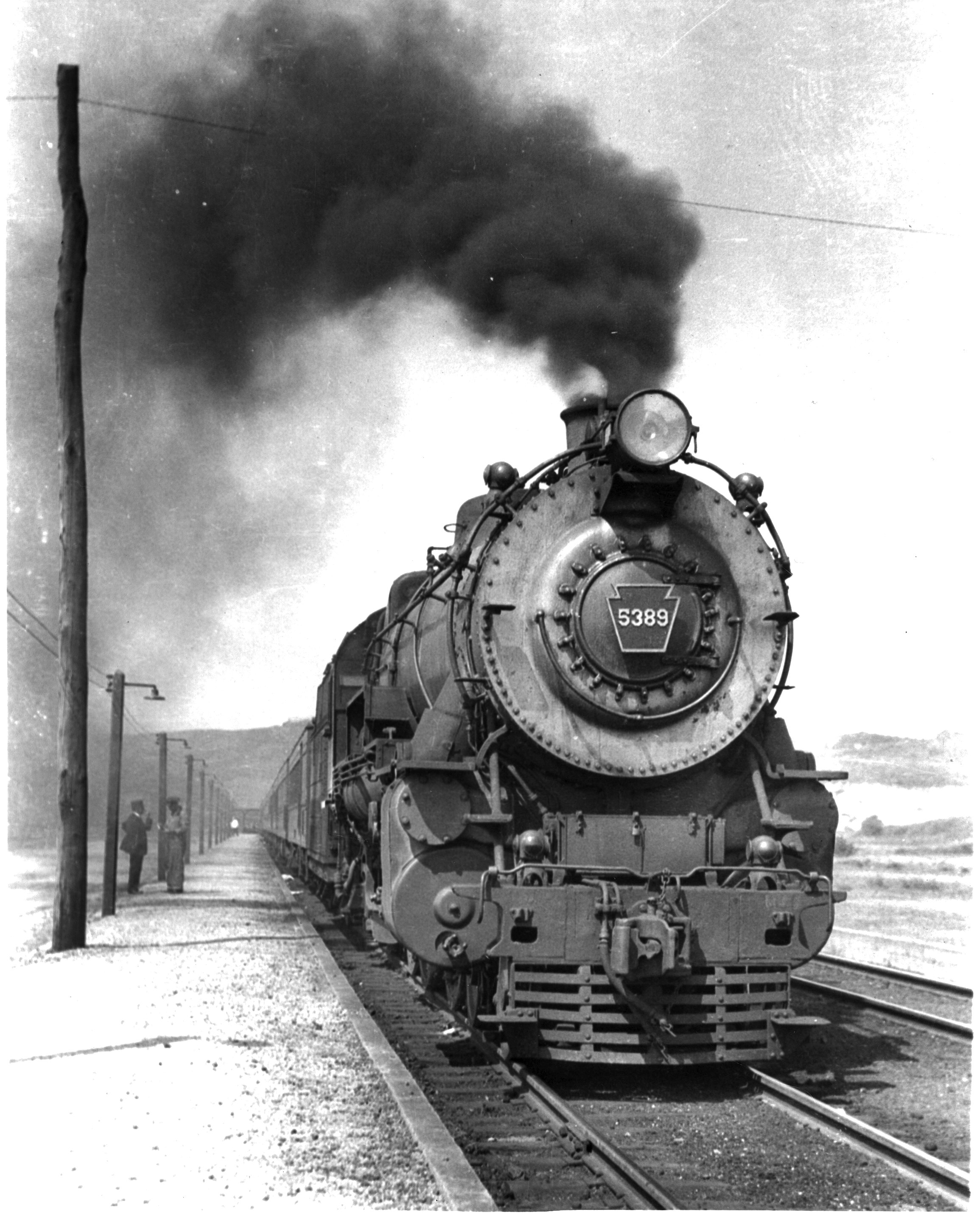
Taken in July of 1937, this evocative photograph came to the Montauk Library Archives as part of a collection from the late Ellie Prado. She was a longtime Montauk resident whose husband, Marshall, was at one time Carl Fisher’s chauffeur.
The railroad has played a significant role since it steamed into Montauk in 1895. People who grew up in the old fishing village picked coal from the tracks to burn for heat and found shelter aboard the train in the 1938 hurricane. Roads to Montauk were originally so primitive that nearly everything – from mail to milk – came by freight trains from the west; cattle cars even brought livestock to graze and returned them for slaughter. And tons of fish were packed aboard trains leaving from Fort Pond Bay to be shipped to the west.
It was under Austin Corbin’s ownership that the Long Island Rail Road had been extended from Bridgehampton to Montauk. Corbin hoped to open a trans-Atlantic port in Fort Pond Bay and the railroad was to serve the international travelers. Although Corbin’s dream was never realized, the railroad shuttled passengers aplenty, from bigwigs in fancy private cars to Regular Joes who’d spill out of the Fishermen’s Special seeking a spot on an open party boat.
“And when they came back in the afternoon, about 5 o’clock, they’d be carrying these bags of fish and the fish slime would be running down their back,” Celina McDonald Seitz recalled in an oral history interview. “And they were happy as clams at high tide.”
The Cannonball was a seasonal passenger train that sped past commuter towns on western Long Island and offered special amenities like parlor cars. The steam locomotive in Ellie Prado’s photograph was built in Pennsylvania in 1924 and appears to be an Altoona 4-6-2 PRR Class K-4S. Since the photo was taken in 1937, the Depression would still be in effect, although Prohibition, which was repealed in 1933, was over. A book about the Long Island Rail Road, Steel Rails to the Sunrise, describes how some of the railroad’s employees had helped smuggle liquor out from Montauk:
“Enginemen who were part of the ring would bring the stuff from there to Morris Park, where it was smuggled out in the false bottom of a horse-drawn cinder wagon. Treasury agents trying to trap the railroad men boarded a camelback one night and ordered the engineer to dig through the coal in the tender. He refused, giving all manner of excuses.”
“The agents shoveled through the coal themselves, until they reached a tarpaulin which covered a large watermelon. As they drew it off, the engineer began to yell that he was being persecuted for leaving a watermelon to cool in the coal pile.”
“The red-faced agents never bothered him again, as night after night he delivered crates of Montauk hooch to the cinder wagon at Morris Park. “

Reply or Comment